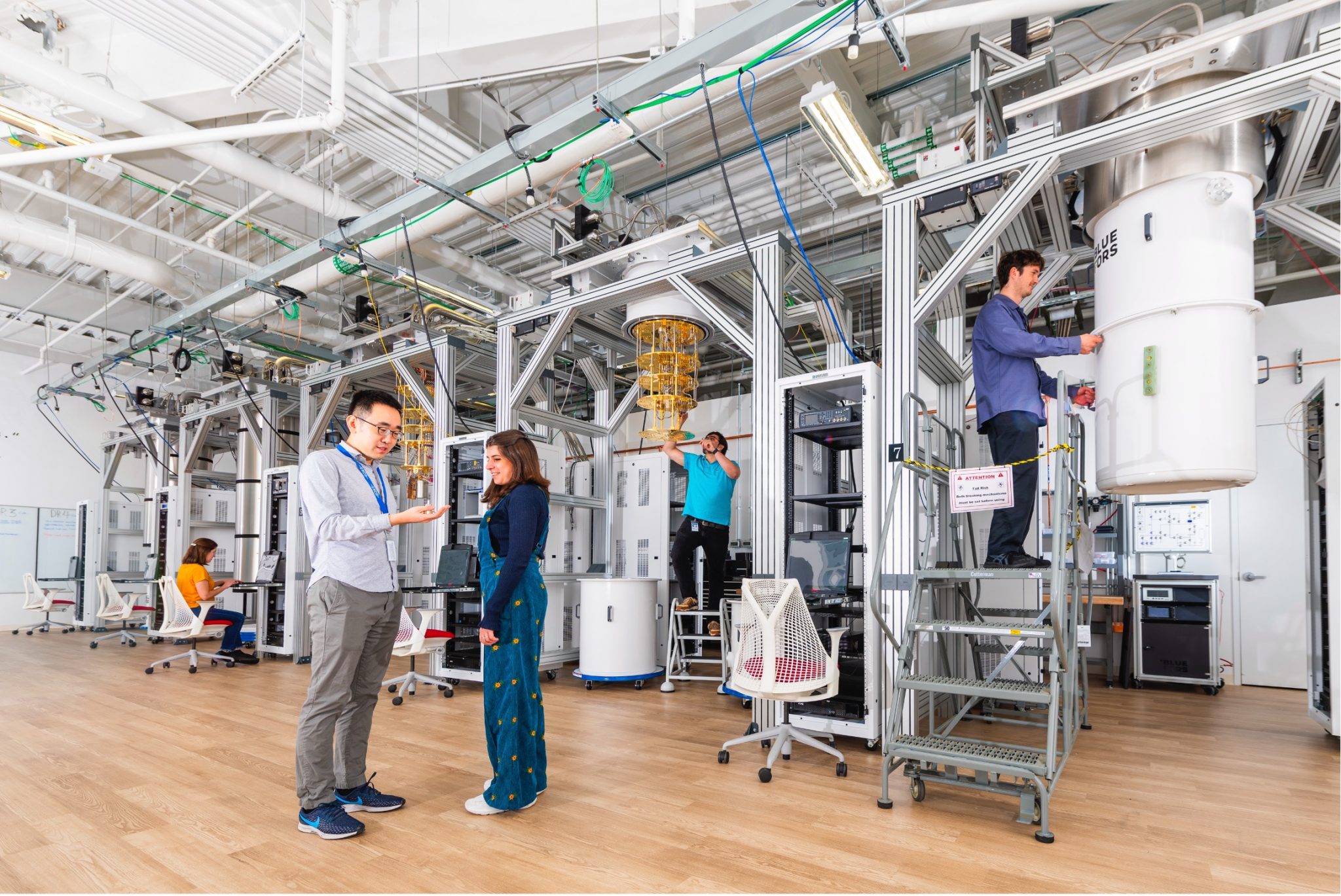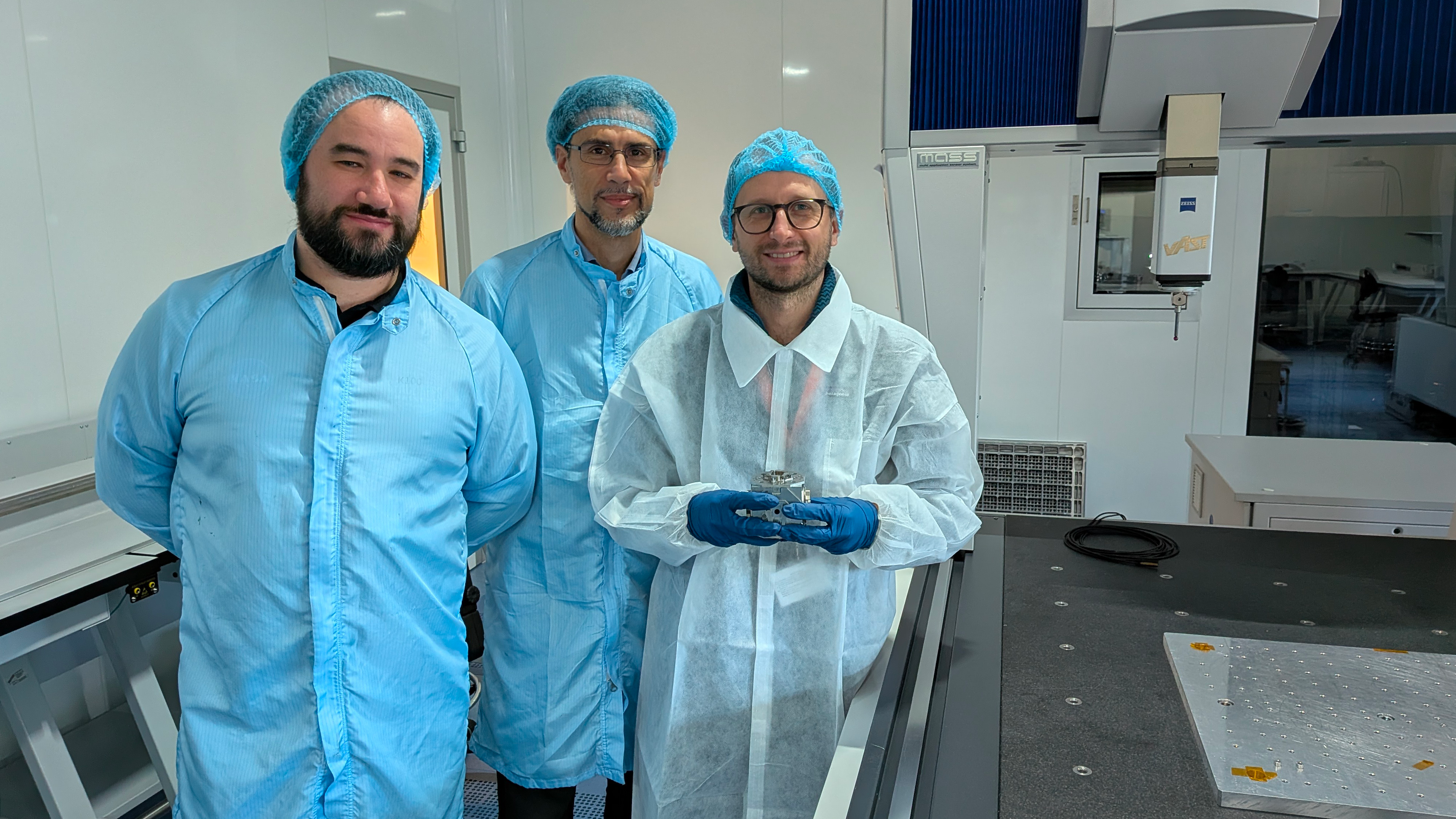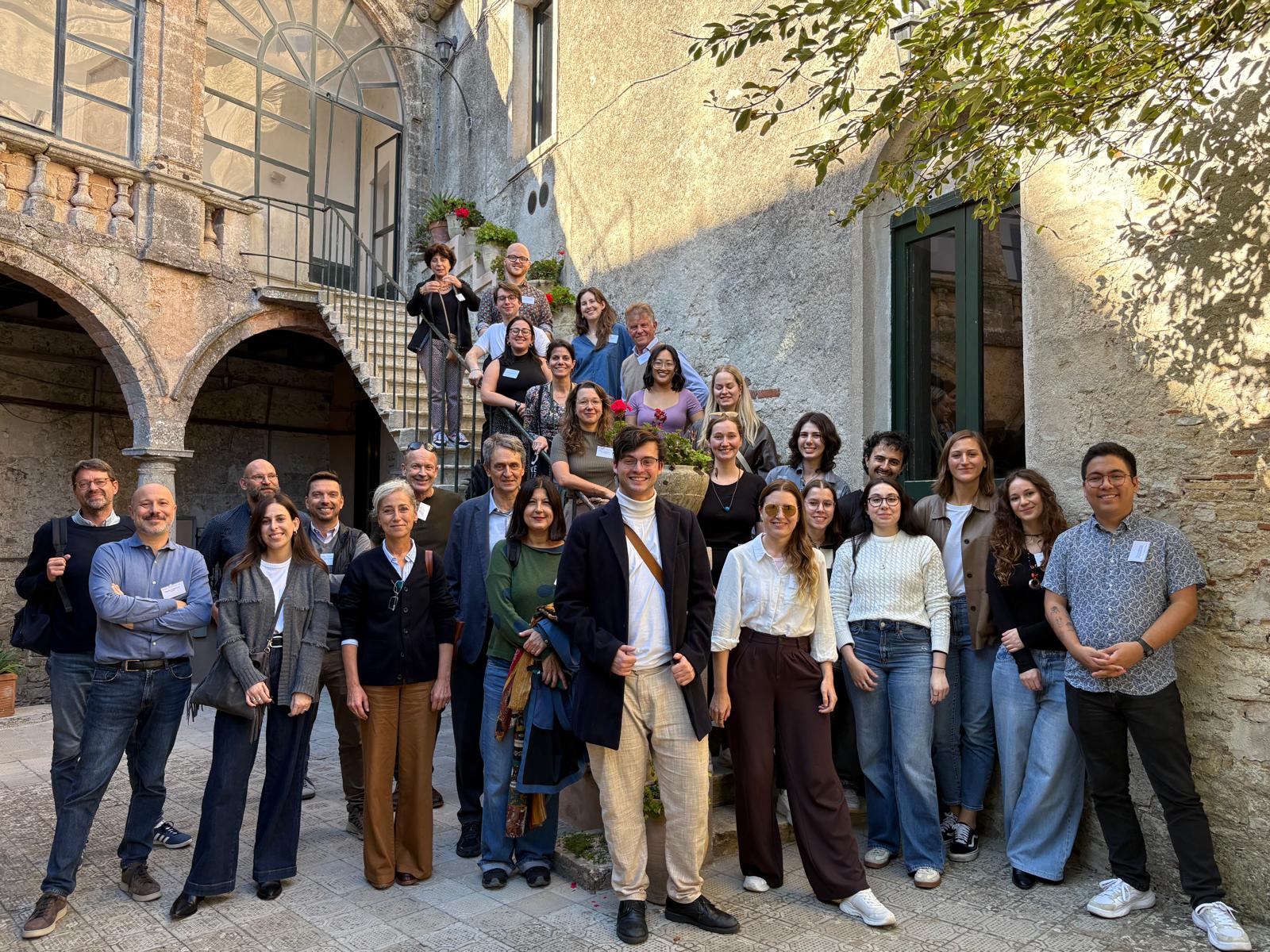 The INFN and JINR (Joint Institute for Nuclear Research) based in Dubna held a bilateral meeting on 12 and 13 October at the Rector’s office of the University of Pisa to discuss their respective research activities and explore potential areas of common interest with a view to expanding their collaboration. Russia and Italy have a long history of scientific collaboration. Physicists at the INFN and JINR are currently working together on several projects, specifically the Borexino, SOX, DarkSide and GERDA experiments at the Gran Sasso National Laboratory (LNGS), the JUNO project in China and the mu2e and CDF (Collider Detector at Fermilab) experiments at Fermilab in Chicago. During their two-day annual meeting, the INFN and JINR also attended a series of conferences on history and science focused on the legacy of Bruno Pontecorvo, one of the “Via Panisperna Boys”, who carried out some of his research into neutrinos in Dubna. In 1957 this Pisa-born physicist had the brilliant idea that neutrinos might oscillate and, just a few days prior to the bilateral meeting, the 2015 Nobel Prize in Physics was awarded to the physicists who experimentally demonstrated of such a phenomenon.
The INFN and JINR (Joint Institute for Nuclear Research) based in Dubna held a bilateral meeting on 12 and 13 October at the Rector’s office of the University of Pisa to discuss their respective research activities and explore potential areas of common interest with a view to expanding their collaboration. Russia and Italy have a long history of scientific collaboration. Physicists at the INFN and JINR are currently working together on several projects, specifically the Borexino, SOX, DarkSide and GERDA experiments at the Gran Sasso National Laboratory (LNGS), the JUNO project in China and the mu2e and CDF (Collider Detector at Fermilab) experiments at Fermilab in Chicago. During their two-day annual meeting, the INFN and JINR also attended a series of conferences on history and science focused on the legacy of Bruno Pontecorvo, one of the “Via Panisperna Boys”, who carried out some of his research into neutrinos in Dubna. In 1957 this Pisa-born physicist had the brilliant idea that neutrinos might oscillate and, just a few days prior to the bilateral meeting, the 2015 Nobel Prize in Physics was awarded to the physicists who experimentally demonstrated of such a phenomenon.
You might also be interested in

Quantum computing: INFN and the US SQMS laboratory renew their collaboration

Search for new physics: a possible new approach from bent crystals

Einstein Telescope: Lusatia officially enters the competition

Detecting gravitational waves from space: first steps for the LISA mission

ORIGINS. Exploring Science Communication and Journalism
